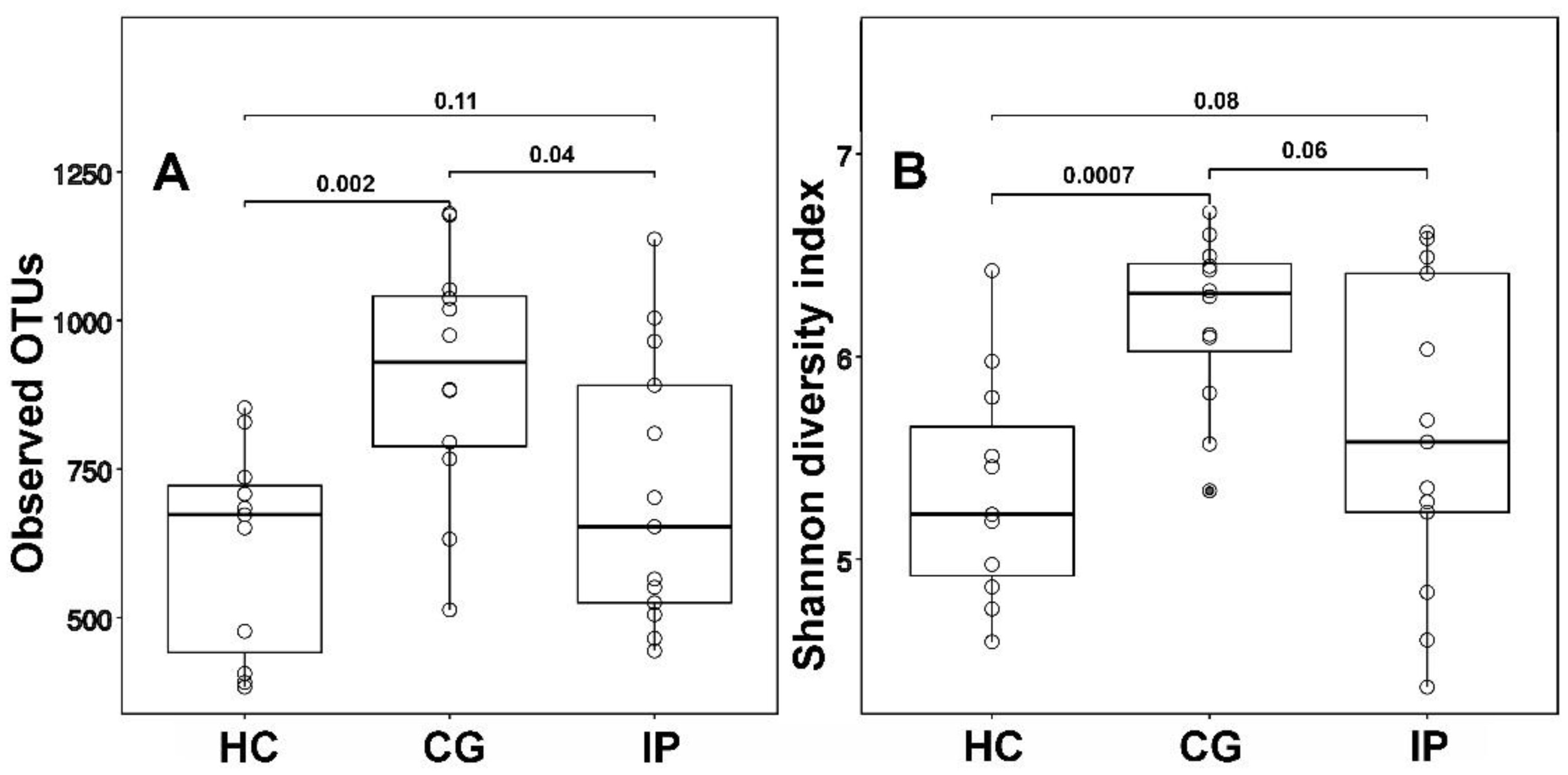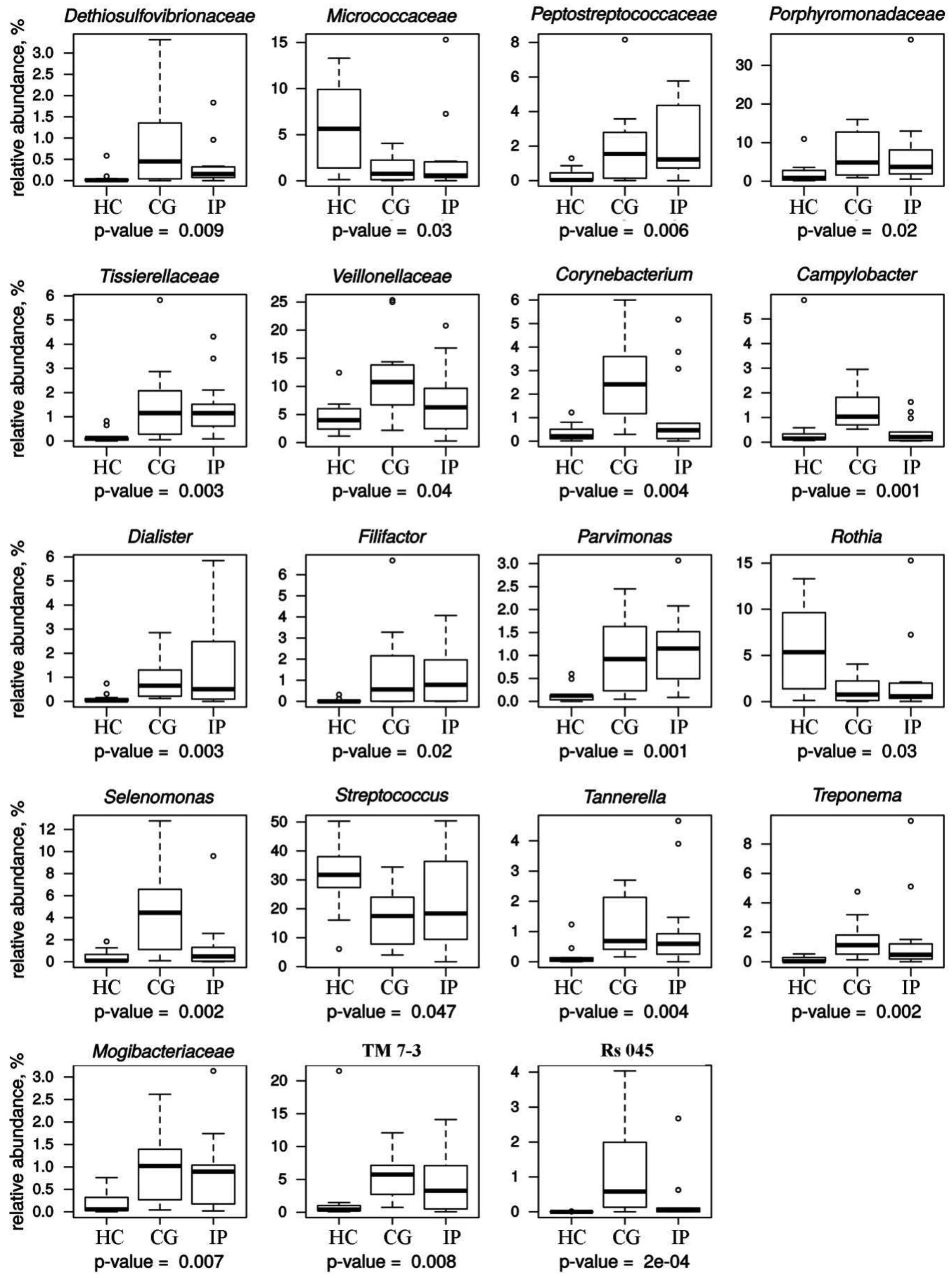1.
Introduction
Since the 20th century, the probability theory has gained profound and extraordinary applications in the fields of mathematical statistics, information science, finance, and economics. The probability limit theory is an important branch of the probability theory. The probability limit theory has a broad range of applications. In the course of development, many important theorems and concepts have been proposed, such as the central limit theorem and the law of large numbers. These theorems are not only important in theory, but are also widely used in practical applications. Under the classical probability space, the mathematical expectation is additive, where one can solve many deterministic problems in real life. However, with the development of the society, many uncertainty phenomena have appeared in many new industries, such as insurance, finance, risk management, and other industries. In order to solve these uncertainty phenomena, Peng[1,2,3,4] broke away from the theoretical constraints of the classical probability space, constructed a sublinear expectation theoretical framework, and created a complete axiomatic system, which provides a new direction for solving these uncertainty problems.
Many important results and theorems in classical probability spaces can be proven and applied to the sublinear expectation spaces. Therefore, some important research directions in the classical probability space can also be extrapolated to the sublinear expectation space. More and more scholars have begun to study the related theoretical achievements under sublinear expectations. For example, Xu and Kong [5] proved the complete integral convergence and complete convergence of negatively dependent (ND) random variables under sublinear expectations. Hu and Wu [6] proved the complete convergence theorems for an array of row-wise extended negatively dependent (END) random variables utilizing truncated methods under sublinear expectations. Wang and Wu [7] used truncated methods to derive the complete convergence and complete integral convergence of the weighted sums of END random variables under sublinear expectations. In addition, many scholars have received numerous theoretical results about the law of large numbers and the law of iterated logarithms from their investigations, and have obtained many theoretical achievements under sublinear expectations. Chen [8], Hu[9,10], Zhang[11], and Song[12] studied the strong law of large numbers for independent identically distributed (IID) random variables under different conditions. Wu et al.[13] established inequalities such as the exponential inequality, the Rosenthal inequality, and obtained the Marcinkiewicz-Zygmund type strong law of large numbers for weighted sums of m-widely acceptable random variables under sublinear expectations. Chen and Wu[14] established the weak and strong law of large numbers for Pareto-type random variables, so that the relevant conclusions in the traditional probability space were extended to the sublinear expectation space. Chen et al.[15] studied the properties associated with weakly negatively dependent (WND) random variables and established the strong law of large numbers for WND random variables under sublinear expectations. Zhang[16] studied the limit behavior of linear processes under sublinear expectations and obtained a strong law of large numbers for linear processes generated by independent random variables. Zhang[17] provided the sufficient and necessary conditions of the strong law of large numbers for IID random variables under the sub-linear expectation. Guo[18] introduced the concept of pseudo-independence under sublinear expectations and derived the weak and strong laws of large numbers. Zhang [19] established some general forms of the law of the iterated logarithms for independent random variables in a sublinear expectation space. Wu and Liu [20] studied the Chover-type law of iterated logarithms for IID random variables. Zhang [21] studied the law of iterated logarithms for sequences of END random variables with different conditions. Guo et al.[22] studied two types of Hartman-Wintner iterated logarithmic laws for pseudo-independent random variables with a finite quadratic Choquet expectation and extended the existed achievements.
The goal of this article is to prove the Marcinkiewicz-Zygmund type weak law of large numbers for an array of row-wise WND random variables, and the strong law of large numbers for linear processes generated by WND random variables under sublinear expectations. The rest of the paper is as follows: in Section 2, we recall some basic definitions, notations, and lemmas needed to prove the main theorems under sublinear expectations; in Section 3, we state our main results; in Section 4, the proofs of these theorems are given; in Section 5, we conclude the paper.
2.
Preliminaries
We use the framework and notation of Peng [1,2,3,4]. Considering the following sublinear expectation space(Ω,H,ˆE), if X1,X2,⋯,Xn∈H, then ψ(X1,X2,⋯,Xn)∈H for each ψ∈Cb,Lip(Rn), where Cb,Lip(Rn) denotes the linear space of functions ψ satisfying the following bounded Lipschitz condition:
where the constant C>0 depending on ψ.
Definition 2.1. [4] A sublinear expectation ˆE is a functional ˆE: H→R satisfying the following:
(a) Monotonicity: ˆE(X)≤ˆE(Y) if X≤Y;
(b) Constant preserving: ˆE(c)=c for c∈R;
(c) Sub-additivity: For each X,Y∈H, ˆE(X+Y)≤ˆE(X)+ˆE(Y);
(d) Positive homogeneity: ˆE(λX)=λˆE(X), for λ≥0.
The triple (Ω,H,ˆE) is called a sublinear expectation space.
Through a sublinear expectation ˆE, we can use ˆεX=−ˆE(−X),∀X∈H to define the conjugate expectation of ˆE.
From the above definition, for any X,Y∈H we obtain the following:
Definition 2.2. [23] A function V : F→[0,1] is said a capacity satisfying the following:
(a) V(∅)=0, V(Ω)=1;
(b) V(A)≤V(B), ∀A⊆B, A, B∈F.
It is called to be sub-additive if V(A∪B)≤V(A)+V(B) for any A, B∈F with A∪B∈F. Let (Ω,H,ˆE) be a sub-linear expectation space; we define capacities of a pair (V,V) by the following:
From the above definition, we have the following:
Because V may be not countably sub-additive in general, we define another capacity V∗.
Definition 2.3.[19] A countably sub-additive extension V∗ of V is defined by the following:
Then, V∗ is a countably sub-additive capacity with V∗(A)≤V(A) and the following properties:
(a) If V is countably sub-additive, then V∗≡V;
(b) If I(A)≤g,g∈H, then V∗(A)≤ˆE(g). Furthermore, if ˆE is countably sub-additive, then
(c) V∗ is the largest countably sub-additive capacity satisfying the property that V∗(A)≤ˆE(g)whenever I(A)≤g∈H (i.e., if V is also a countably sub-additive capacity satisfying V(A)≤ˆE(g) whenever I(A)≤g∈H, then V(A)≤V∗(A)).
Definition 2.4. [24] In a sublinear expectation space (Ω,H,ˆE), let φ be a monotonically bounded function if for any X,Y∈H that satisfies
then the random variable Y is said to be WND on X under sublinear expectations. {Xi,i∈Z} is said to be a sequence of WND random variables if Xm is WND on (Xm−n,Xm−n+1,…,Xm−1) for any m∈Z,n∈N+.
Remark 2.1. By Chen [15], if {Xn,n≥1} is a sequence of WND random variables under sublinear expectations, then for any Xk∈H,1≤k≤n, we have the following:
Definition 2.5.[3] The Choquet integral of X with respect to V is defined as following:
Usually, we denote the Choquet integral of V and V by CV and CV, respectively.
Definition 2.6.[25] If a sublinear expectation ˆE satisfies ˆE[X]≤∞∑n=1ˆE[Xn]<∞, then ˆE is said to be countably sub-additive, where X≤∞∑n=1Xn<∞, X,Xn∈H, and X,Xn≥0,n≥1.
Next, we need the following notations and lemmas. Let C be a positive constant that takes on different values in different places as needed. I(A) stands for the indicator function of A. Given a capacity V, a set A is said to be a polar set if V(A)=0. Additionally, we say a property holds "quasi-surely" (q.s.) if it holds outside a polar set. In this paper, the capacity V is countably sub-additive and lower continuous. Similar to Hu [10], we let Φc denote the set of nonnegative functions ϕ(x) defined on [0,∞), and ϕ(x) satisfies the following:
(1) Function ϕ(x) is positive and nondecreasing on (0,∞), and the series ∞∑n=11nϕ(n)<∞;
(2) For any x>0 and fixed a>0, there exists C>0 such that ϕ(x+a)≤Cϕ(x).
For example, functions (ln(1+x))1+α and xα(α>0) belong to the Φc.
Lemma 2.1. [8] (Borel-Canteli's Lemma) Let {An,n≥1} be a sequence of events in F. Suppose that V is a countably sub-additive capacity. If ∞∑n=1V(An)<∞, then
where {An,i.o.}=∞⋂n=1∞⋃i=nAi.
Lemma 2.2. Let {X,Xm,m≥1} be a sequence of random variables under the sublinear expectations space.
(1) Chebyshev inequality[8]: Function f(x) is positive and nondecreasing on R; then
(2) Cr inequality [3]: Let X1, X2, ⋯, Xm∈H for m≥1; then
where
(3) Markov inequality [8]: For any ∀X∈H, we have
Lemma 2.3. [26] Let {xm,m≥1} and {bm,m≥1} be sequences of real numbers with 0<bm↑∞. If the series ∞∑m=1xmbm<∞, then limm→∞1bmm∑i=1xi=0.
Lemma 2.4. [21] Suppose that ˆE is countably sub-additive; then, for any X∈H, we have ˆE(|X|)≤CV(|X|).
Lemma 2.5. Let {Xni,1≤i≤kn,n≥1} be an array of row-wise random variables under sublinear expectation (Ω,H,ˆE) and supi≥1CV((|Xni|p−c)+)→0,c→∞,p∈(0,2); if ˆE is countably sub-additive for any Xni∈H, then we have supi≥1ˆE[(|Xni|p−c)+]→0,c→∞.
Proof. From Lemma 2.4, we have ˆE(|X|)≤CV(|X|). Let X=(|Xni|p−c)+; then, we have
Thus, we get supi≥1ˆE[(|Xni|p−c)+]→0,c→∞.
Lemma 2.6. If {Xni,1≤i≤kn,n≥1} is an array of row-wise random variables under sublinear expectations, and supi≥1CV((|Xni|p−c)+)→0,c→∞,p∈(0,2), then we have the following:
Proof. From the condition supi≥1CV((|Xni|p−c)+)→0,c→∞ and the definition of a Choquet integral, it follows that for any a>0, we have the following:
When kn→∞, we obtain the following:
Thus, the proof of limn→∞∑kni=1V(|Xni|p>akn)=0 is finished.
Lemma 2.7. [10] If ˆE|X|<∞, then |X|<∞,q.s.V.
Lemma 2.8. [10] Suppose ϕ(x)∈Φc; then, ∞∑n=11nϕ(nln(1+n))<∞.
Proof. Since ϕ(x)∈Φc, we have ϕ(nln(1+n))≥ϕ(√n); it is only necessary to show that ∞∑n=11nϕ(√n)<∞. From ∞∑n=11nϕ(n)<∞, we obtian the following:
Then, the Lemma 2.8 is proven.
Lemma 2.9. [10] If {εi,i∈Z} is a sequence of random variables, and there exists a constant c>0 such that |εn|≤2cnln(1+n),∀n≥1, supi∈ZˆE[|εi|ϕ(|εi|)]<∞, ϕ(x)∈ΦC, and {αi,i≥0} is a sequence of real numbers, an−i=n−i∑r=0αr, T=supk≥0|ak|<∞, then for any t>1,
Proof. Becase |εn|≤2cnln(1+n),∀n≥1, then
Let I1=|εi|ln(1+tln(1+n)n|an−i||εi|)I(|εi|≤n13), since T=supk≥0|ak|<∞, when n→∞, we have
Let I2=|εi|ln(1+tln(1+n)n|an−i||εi|)I(n13<|εi|≤2cnln(1+n)), and l(x)=ϕ(x)ln(1+x); thus, we obtian the following:
Since ϕ(x)∈Φc, the function l(x)=ϕ(x)ln(1+x)→∞,x→∞; then, combining (2.5) and (2.6), when n→∞, we have the following:
Thus, the proof is finished.
Lemma 2.10.[16] Suppose that {αi,i≥0} is a sequence of real numbers, an−i=n−i∑r=0αr, T=supk≥0|ak|<∞. {εi,i∈Z} is a sequence of WND random variables under the sublinear expectation space (Ω,H,ˆE), ˆE[εi]=ˉμ, supi∈ZˆE[|εi|ϕ(|εi|)]<∞, ϕ(x)∈ΦC, and there exists a constant c>0 such that |εi−ˉμ|≤2ciln(1+i), ∀i≥1; then, for any t≥1,
Proof. For any x∈R, we have the inequality ex≤1+x+|x|ln(1+|x|)e2|x|. Let x=tln(1+n)nan−i(εi−ˉμ); then,
Since T=supk≥0|ak|<∞, for any i≤n, we have the following:
By supi∈ZˆE[|εi|ϕ(|εi|)]<∞ and ϕ(x+a)≤Cϕ(x), we have the following:
Thus, {εi−ˉμ,i∈Z}satisfies the conditions of Lemma 2.9; furthermore, we have
Taking ˆE for both sides of (2.8) and combining (2.9) and (2.10), we have the following:
From (2.3), we obtain the following:
3.
Main results
Theorem 3.1. Let {kn,n≥1} be a sequence of positive numbers, and limn→∞kn=∞. Assume that ˆE is countably sub-additive. For any i,n≥1, ˆE[Xni]=ˉμni, ˆE[Xni]=μ_ni.
(1) Let {Xni,1≤i≤kn,n≥1} be an array of row-wise random variables under the sublinear expectation (Ω,H,ˆE). Suppose that supi≥1CV((|Xni|p−c)+)→0,c→∞ for any p∈(0,1); then,
(2) Let {Xni,1≤i≤kn,n≥1} be an array of row-wise WND random variables under sublinear expectation (Ω,H,ˆE). Suppose that supi≥1CV((|Xni|p−c)+)→0,c→∞ for any p∈[1,2); then,
For a fixed n≥1 in Theorem 3.1, we obtain the Corollary 3.1.
Corollary 3.1. Assume that ˆE is countably sub-additive.
(1) Let {Xi,i≥1} be a sequence of random variables under the sublinear expectation space (Ω,H,ˆE). Suppose that supi≥1CV((|Xi|p−c)+)→0,c→∞ for any p∈(0,1); then,
(2) Let {Xi,i≥1} be a sequence of WND random variables under the sublinear expectation space (Ω,H,ˆE) and for any i≥1,ˆE[Xi]=ˉμi,ˆE[Xi]=μ_i. Suppose that supi≥1CV((|Xi|p−c)+)→0,c→∞ for any p∈[1,2); then,
Theorem 3.2. Suppose that ˆE is countably sub-additive. Let {αi,i≥0} be a sequence of real numbers satisfying ∞∑i=0i|αi|<∞,∞∑i=0αi=A>0, and {εi,i∈Z} be a sequence of WND random variables under sublinear expectations satisfying ˆE[εi]=ˉμ,ˆE[εi]=μ_, supi∈ZˆE[|εi|ϕ(|εi|)]<∞,ϕ∈ΦC. {Xt,t≥1} is a sequence of linear processes satisfying Xt=∞∑i=0αiεt−i. Note that Tn=n∑t=1Xt; then,
Remark 3.1. Under the sub-linear expectations, the main purpose of Theorem 3.1 is to extend the range of p and improve the result of Fu [24] from the Kolmogorov type weak law of large numbers to the Marcinkiewicz-Zygmund type weak law of large numbers.
Remark 3.2. Under the sub-linear expectations, the main purpose of Theorem 3.2 is to improve the result of Zhang [16] from IID random variables to WND random variables under a more general moment condition.
4.
Proof
The proof of Theorem 3.1. (1) For a fixed constant c, let Yni=((−c)⋁Xni)⋀c and Zni=Xni−Yni. Using the Cr inequality and the Markov inequality in Lemma 2.2, we obtain the following:
Thus,
Therefore,
Taking ˆE for both sides of the above inequality, when c→∞, we have the following:
Substituting (4.2) into (4.1), we get that (3.1) holds.
(2) When 1≤p<2, we construct a function Ψ(y)∈C2b(R); for any ε>0, we have Ψ(y)=0 when y≤0, 0<Ψ(y)<1 when 0<y<ε, and Ψ(y)=1 when y≥ε. It is obvious that I(y≥ε)≤Ψ(y). Let Yni=Xni−ˉμni; then, we have the following:
Let h(y)=ˆE[Ψ(y+Ynm(kn)1p)]; by Definition 2.4 and the sub-additivity of ˆE, then we obtain the following:
Let g(x)∈Cl,Lip(R); for any x, we have 0≤g(x)≤1, g(x)=1 when |x|≤μ, and g(x)=0 when |x|>1. Then, we have the following:
For any 1≤m≤kn, there exist λnm,ˉλnm∈[0,1] such that
Since Ψ(y)∈C2b(R), then we have |Ψ(y)|≤supy∈R|Ψ(y)|≤C |Ψ′(y)|≤supy∈R|Ψ′(y)|≤C and |Ψ″(y)|≤supy∈R|Ψ″(y)|≤C. Combining (4.5), (4.6), and the Cr-inequality in Lemma 2.2, then for any δ>0, we have the following:
Substituting (4.4), (4.7), into (4.3), then combining (2.1) and (4.5), we obtain the following:
Taking the limit of the above inequality at both sides, then by Lemma 2.6, we obtain
Because supm≥1CV((|Xnm|−c)+)→0,c→∞ means supm≥1CV(|Xnm|p)<∞, and from the arbitrariness of δ, we obtain the following:
Similarly, for {−Xni,1≤i≤kn,n≥1}, we obtain the following:
Using the sub-additivity of V and combining (4.8) and (4.9), we obtain the following:
The proof of Theorem 3.1 is completed.
The proof of Theorem 3.2. To prove Theorem 3.2, we only need to show that
and
First, we prove Eq (4.10); then, we need to show that
It is obvious that
It is only necessary to show that
and
To prove(4.12), we need to prove limt→∞∞∑i=tαiεt−i=0,q.s.V.
For any ϵ>0, using the Chebyshev inequality in Lemma 2.2, and the countable sub-additivity of ˆE, we obtain the following:
By Lemma 2.1, it follows that
Therefore, by the arbitrariness of ϵ, it follows that
Thus, (4.12) holds. Let an−i=n−i∑r=0αr and T=supk≥0|ak|<∞; we prove Eq (4.13) in two steps.
Step 1: If for any i≥1 we have |εi−ˉμ|≤2ciln(1+i),c>0, then we can directly utilize the conclusion of Lemma 2.10; for any t≥1, we have the following:
Since limn→∞n∑k=1an−kn=A, then V(lim supn→∞n∑i=1an−i(εi−ˉμ)n>ϵ)=0 is equivalent to (4.13). Choosing a suitable t, such that t>1ϵ, using the Chebyshev inequality in Lemma 2.2, we have the following:
By Lemma 2.10 and the convergence of infinite series ∞∑n=11(1+n)ϵt, we obtain the following:
By Lemma 2.1, it follows that
Therefore, (4.13) is proven.
Step 2: Assume that {εi,i∈Z} only satisfies the conditions of Theorem 3.2. Let g(x)∈Cl,Lip(R); for any x, we have 0≤g(x)≤1, g(x)=1 when |x|≤μ, and g(x)=0 when |x|>1. Then we have the following:
Let ˜εi=−ˆE[(εi−ˉμ)g(μ(εi−ˉμ)ln(1+i)i)]+(εi−ˉμ)g(μ(εi−ˉμ)ln(1+i)i)+ˉμ; for any i≥1, we have ˆE(˜εi)=ˉμ and |˜εi−ˉμ|≤2ciln(1+i). Then, {˜εi,i≥1} satisfies the conditions of Lemma 2.10. Let ˜Mn=n∑i=1an−i˜εi; similar to the proof of step 1, we obtain the following:
By the definition of ˜εi, we have the following:
Since T=supk≥0|ak|<∞, then we have the following:
Note that
Substituting (4.17) into (4.16), we only need to prove
and
By (4.14), we have the following:
Then, combining supi∈ZˆE[|εi−ˉμ|ϕ(|εi−ˉμ|)]<∞ and Lemma 2.8, we obtain the following:
By Lemma 2.3, (4.18) holds.
Since ˆE is countably sub-additive, we have the following:
From Lemma 2.7, we obtain the following:
By Lemma 2.3, (4.19) holds. Combining (4.14), (4.18), and (4.19), it follows that (4.13) holds.
Similarly, for {−εi,i∈Z}, and ˆE(−εi)=−ˉμ, we obtain the following:
Using the sub-additivity of V, the proof of Theorem 3.2 is completed.
5.
Conclusions
In the framework of sublinear expectations, we established the Marcinkiewicz-Zygmund type weak law of large numbers, and the strong law of large numbers for WND random variables using the Chebyshev inequality, the Cr inequality, and so on. Theorem 3.1 extends the result of Fu[24] from the Kolmogorov type weak law of large numbers to the Marcinkiewicz-Zygmund type weak law of large numbers. Theorem 3.2 extends the result of Zhang[16] from IID random variables to WND random variables under a more general moment condition. In the future, we will try to develop broader results for other sequences of dependent random variables under sublinear expectations.
Author contributions
Yuyan Wei: conceptualization, formal analysis, investigation, methodology, writing-original draft, writing-review and editing; Xili Tan: funding acquisition, project administration, supervision; Peiyu Sun: formal analysis, writing-review and editing; Shuang Guo: writing-review and editing. All authors have read and approved the final version of the manuscript for publication.
Use of Generative-AI tools declaration
The authors declare they have not used Artificial Intelligence (AI) tools in the creation of this article.
Acknowledgments
This paper was supported by the Department of Science and Technology of Jilin Province (Grant No.YDZJ202101ZYTS156), and Graduate Innovation Project of Beihua University (2023004).
Conflict of interest
All authors declare no conflicts of interest in this paper.















 DownLoad:
DownLoad: